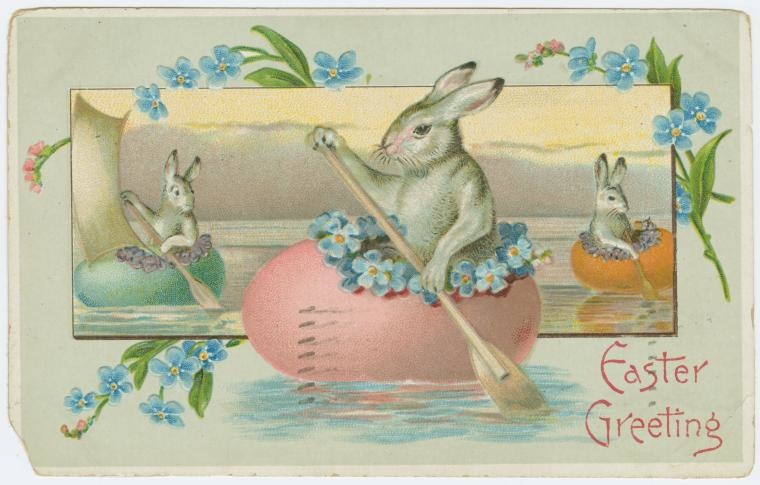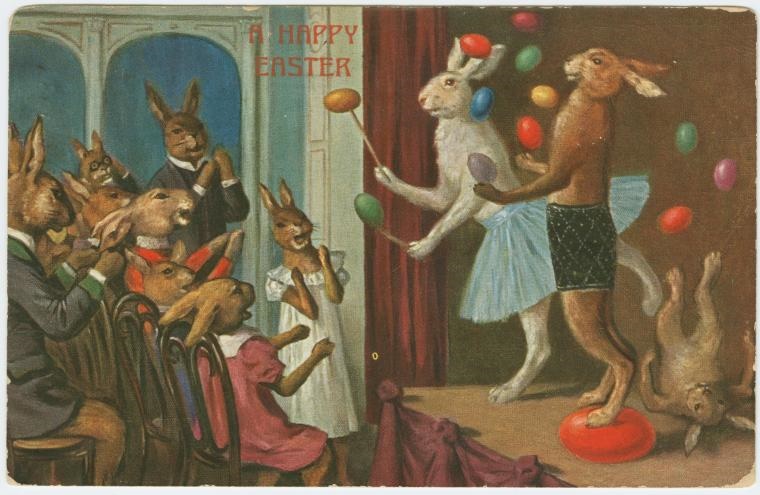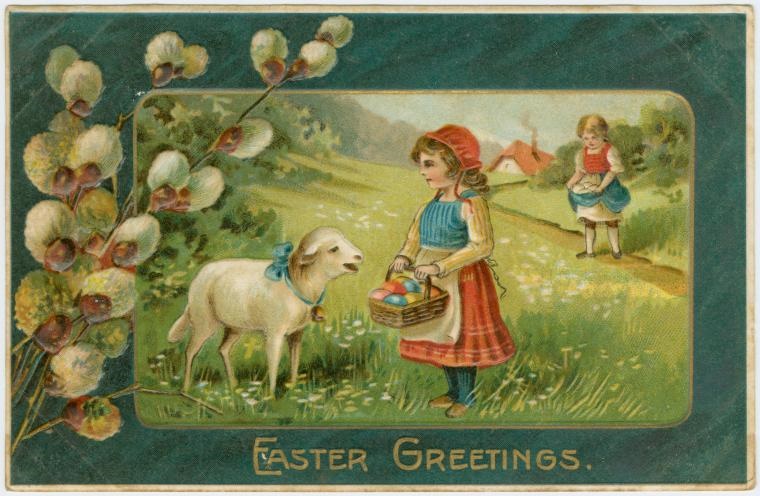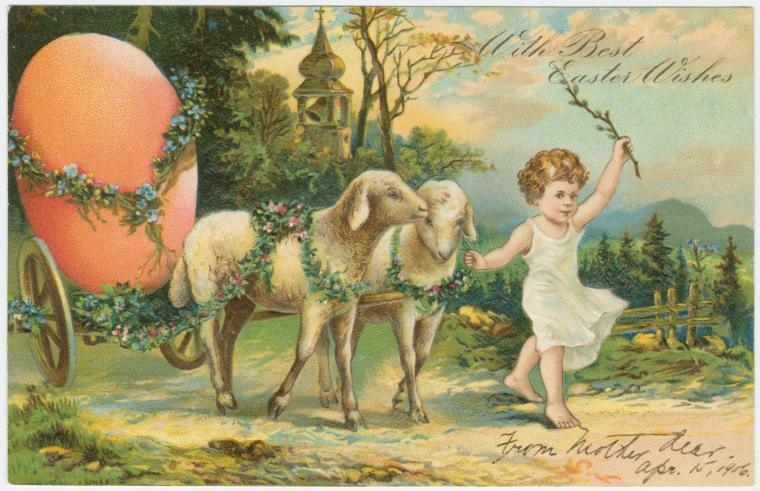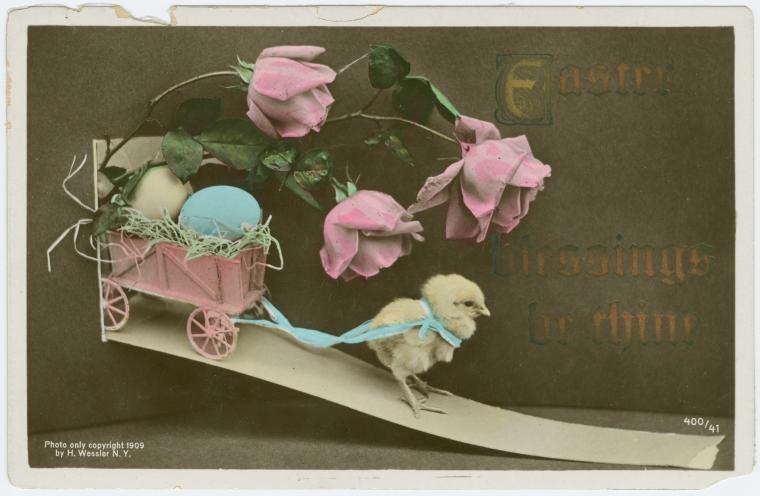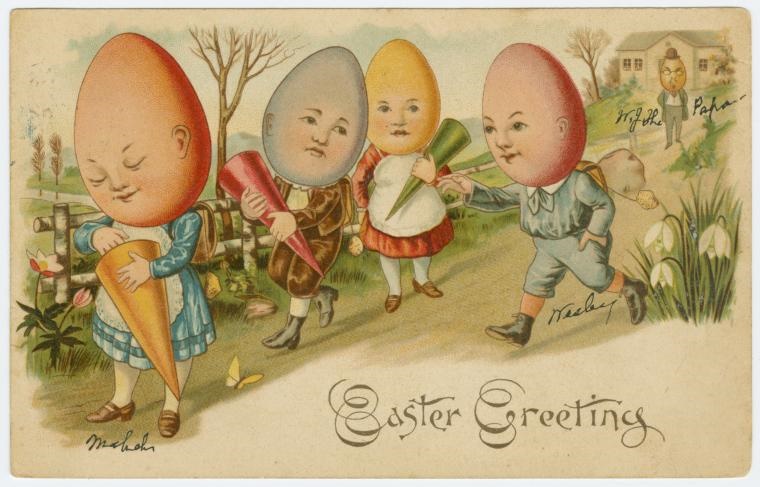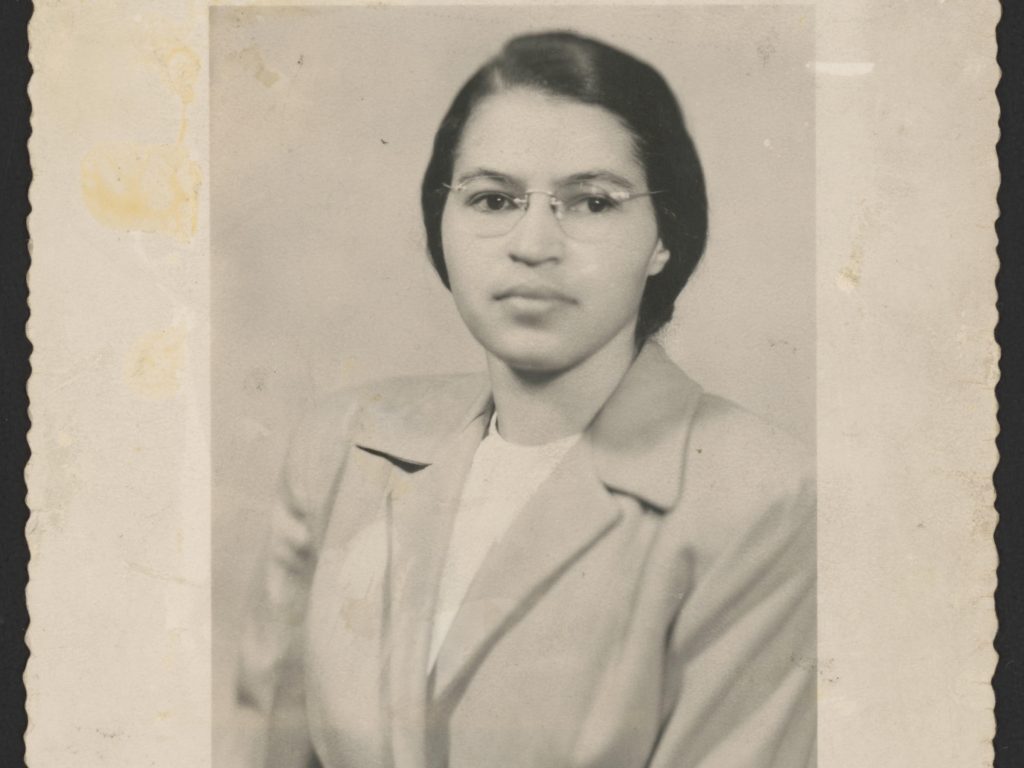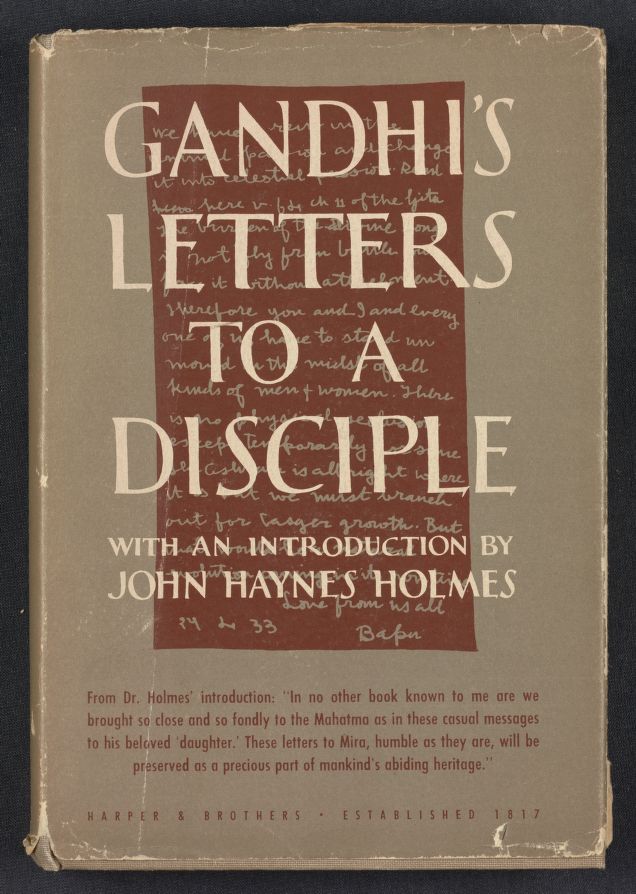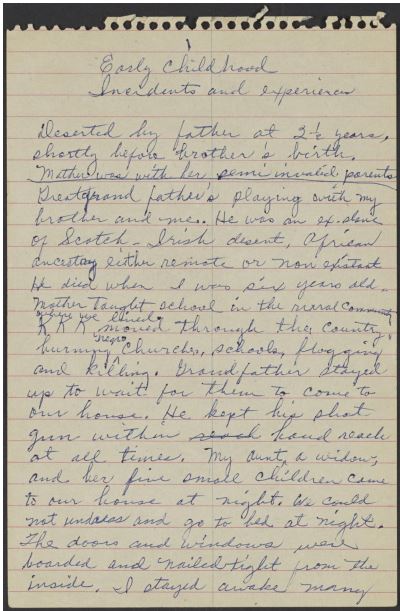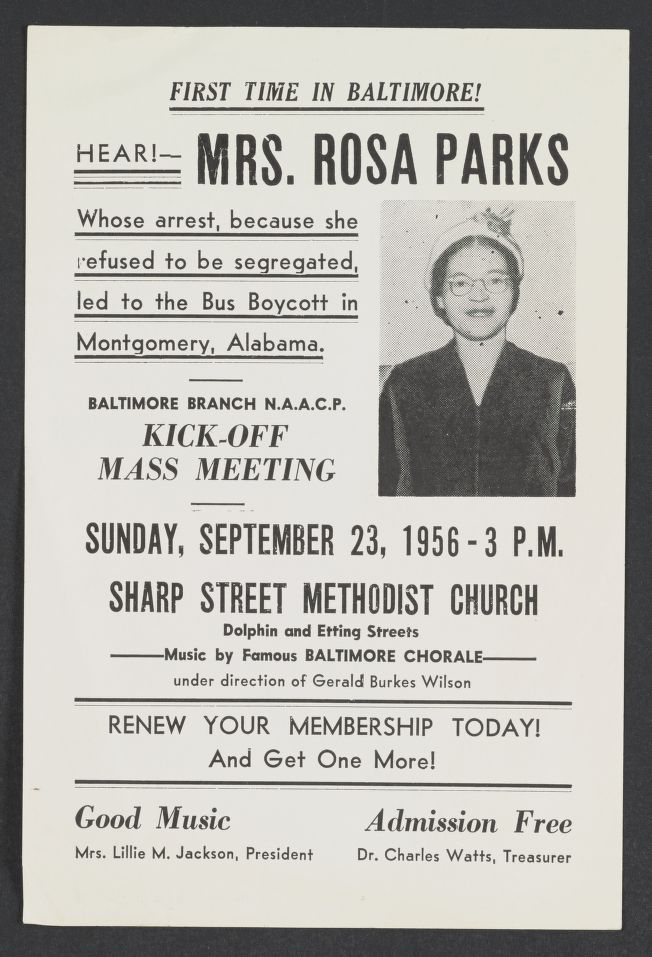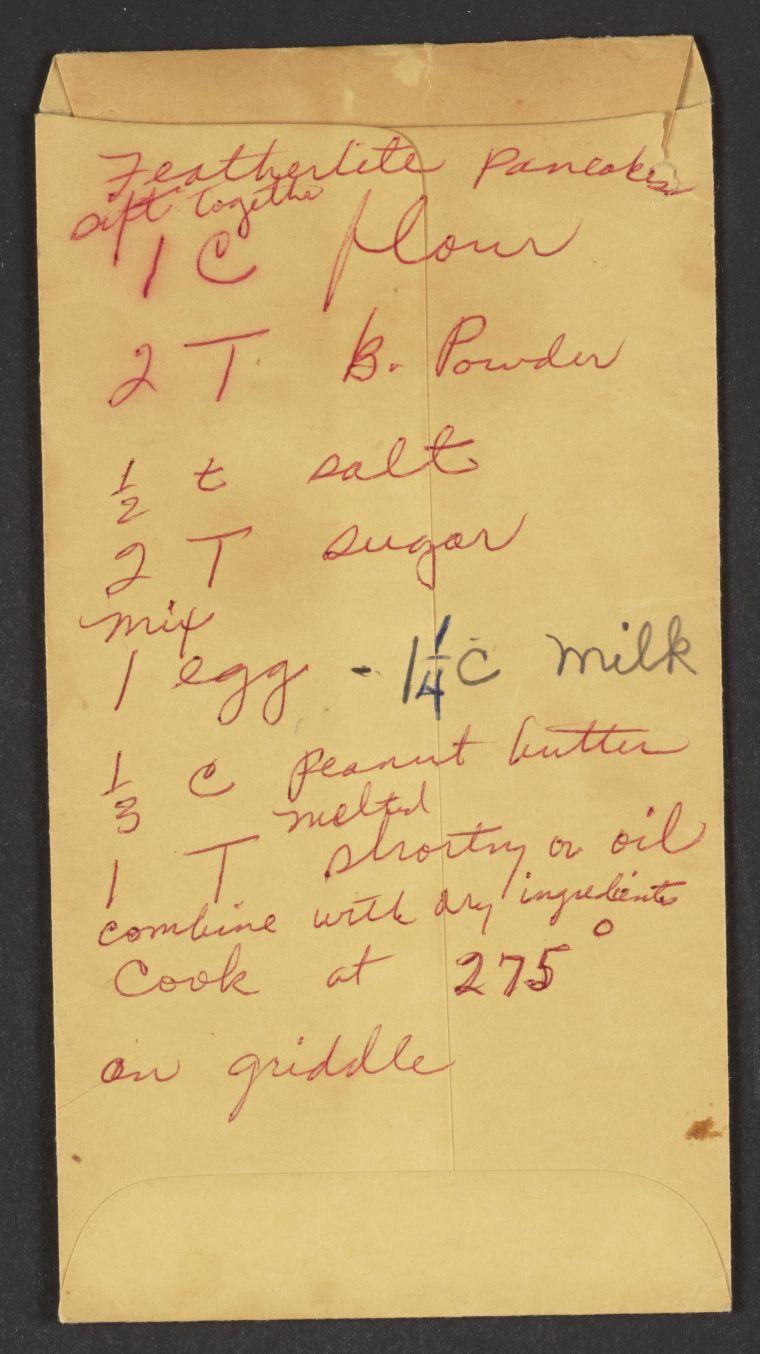Oh to be eulogized by Patti Smith, Godmother of Punk, poet, best-selling author.
Her memoir, Just Kids, was born of a sacred deathbed vow to her first boyfriend, photographer Robert Mapplethorpe.
Its follow up, M Train, started out as an exercise in writing about “nothing at all,” only to wind up as an elegy to her late husband, guitarist Fred “Sonic” Smith. (Their daughter suggested that her dad “was probably annoyed that Robert got so much attention in the other book.”)
She and husband Smith celebrated their first anniversary by collecting stones from the French Guiana penal colony, Saint-Laurent-du-Maroni, in an effort to feel closer to Jean Genet, one of her most revered authors.
She believes in the transmutation of objects, unabashedly lobbying to liberate the walking stick that accompanied Virginia Woolf to her death from the NYPL’s collection in order to commune with it further. She may turn into a gibbering fangirl in face to face meetings with the authors she admires, but interacting with relics of those who have gone before has a centering effect.
Needless to say, her fame grants her access to items the rest of us are lucky to view though the walls of a vitrine.
She has paged through Sylvia Plath’s childhood notebooks and gripped Charles Dickens’ surprisingly modest pen. She has ““perpetuated remembrance” by coming into close contact with Bobby Fischer’s chess table, Frida Kahlo’s leg braces, and a hotel room favored by Maria Callas. Her recollection of these events is both reverential and impish, the stuff of a dozen anecdotes.
“I would faint to use (sculptor Constantin) Brâncuși’s toothbrush,“ she quips. “I wouldn’t use it though.”
Where tangible souvenirs prove elusive, Smith takes photographs.
Interviewer Holdengräber is uniquely equipped to share in Smith’s literary passions, egging her on with quotes recited from memory, including this beauty by Rainer Maria Rilke:
Now loss, however cruel, is powerless against possession, which it completes, or even, affirms: loss is, in fact, nothing else than a second acquisition–but now completely interiorized–and just as intense.
(The sentiment is so lovely, who can blame him for invoking it in previous conversation with NYPL guests, artist Edmund de Waal and pianist Van Cliburn.)
The topic can get heavy, but Smith is a consummate entertainer whose clownish brinkmanship leads her to cite Jimi Hendrix: “Hooray, I wake from yesterday.”
The complete transcript of the conversation is available for download here, as is an audio podcast.
Note: You can download Just Kids or M Train as free audio books if you join Audible.com’s 30-day free trial.
Related Content:
Patti Smith’s List of Favorite Books: From Rimbaud to Susan Sontag
Patti Smith and David Lynch Talk About the Source of Their Ideas & Creative Inspiration
Ayun Halliday is an author, illustrator, and Chief Primatologist of the East Village Inky zine. Follow her @AyunHalliday

